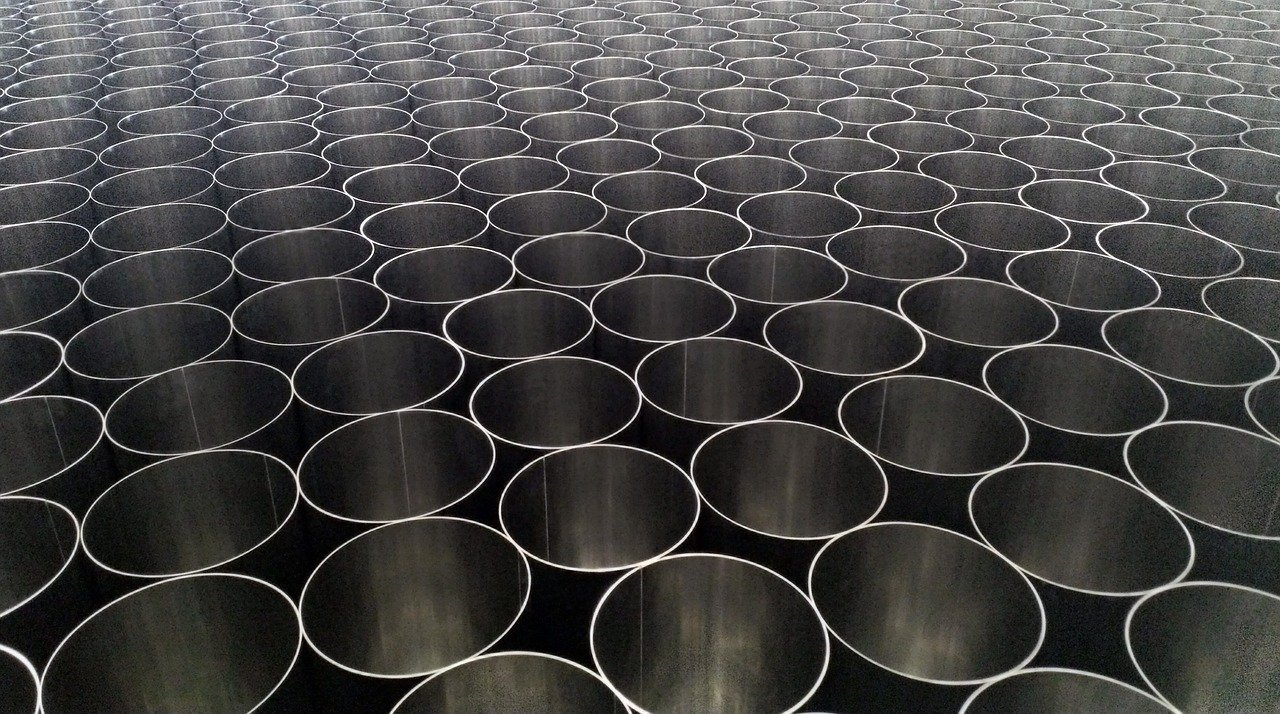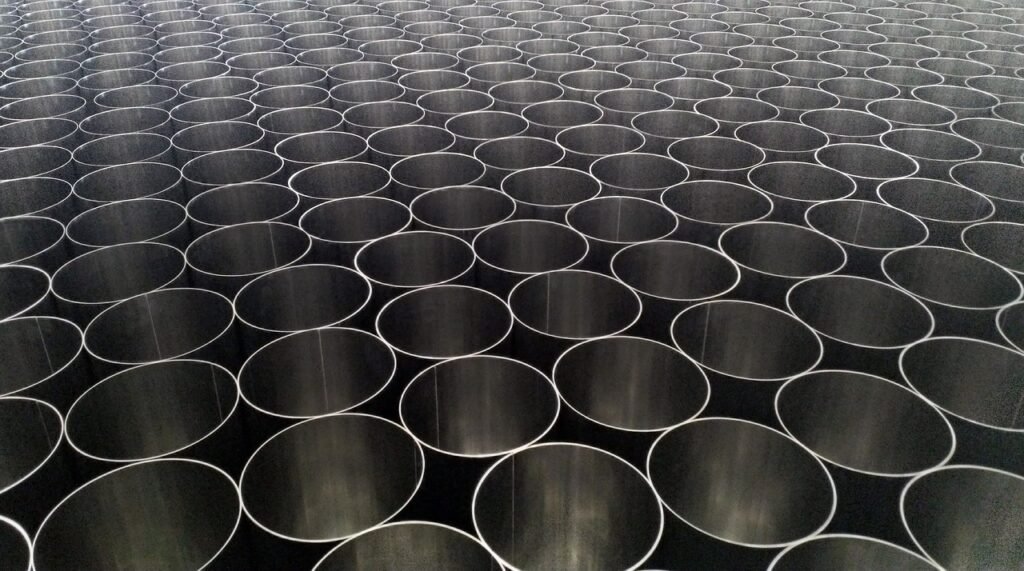When choosing materials for outdoor utilities, it is important to find a balance between price and quality. While the cheapest solutions may look attractive in the short term, they often lead to higher operating and maintenance costs. In this article, we will discuss how to balance budget and quality to ensure that your engineering networks are reliable, durable and cost-effective.
1. The main factors influencing the cost and quality of materials
1.1. Durability of materials
Quality materials tend to have a longer service life, so investing in more expensive but durable materials can reduce future repair costs.
Example:
- HDPE (high-density polyethylene) pipes last up to 100 years, while cheaper PVC pipes can wear out faster.
1.2. Resistance to environmental influences
Outdoor engineering networks are constantly exposed to temperature fluctuations, humidity, chemical influences and mechanical loads. It is therefore important to choose materials that can withstand these conditions.
Key criteria:
- Resistance to cold and heat - essential in regions with extreme climatic conditions.
- Corrosion resistance - important for metallic structures such as steel or cast iron pipes.
1.3 Installation and maintenance costs
More expensive materials can reduce installation costs if they are easier to transport and install. Also, a lower failure rate leads to savings in the long run.
Example:
- Polyethylene pipes are lighter and more flexible than concrete pipes, making them easier and cheaper to install.
2. The most popular materials and their price/performance ratio
| Available from | Price | Service life | Benefits | Disadvantages |
|---|---|---|---|---|
| PVC (polyvinyl chloride) | Low | 50-70 years | Lightweight, chemical-resistant, low-cost | Fragile, UV-sensitive |
| HDPE (High Density Polyethylene) | Medium | 80-100 years | Corrosion resistant, flexible, lightweight | More expensive than PVC |
| Concrete | High | 80-100 years | Resistant to mechanical loads, durable | Difficult, expensive transport |
| Ketus | High | 100+ years | Extremely robust, long-lasting | Heavy, corrosion-sensitive, expensive |
| GRP (glass fibre reinforced plastic) | High | 50-80 years | Lightweight, corrosion-resistant, high quality | Expensive to acquire |
3. How to optimise the budget and ensure quality?
3.1 Analyse the needs of the project
You don't always have to choose the most expensive materials - it's important to consider the requirements of the specific project.
Questions worth answering:
- What environmental conditions will affect the networks?
- How many years are the networks planned to be in operation without major repairs?
- What are the potential risks (e.g. high mechanical loads, soil movement, aggressive chemical environment)?
3.2. Evaluate the whole life cycle, not just the initial price
Cheap materials can increase long-term maintenance and repair costs.
Example:
- Concrete pipes are more expensive to install, but have a long service life.
- PVC pipes are cheaper but can be more susceptible to mechanical damage.
3.3 Choose certified materials
Avoid materials of dubious origin, which may not meet quality standards and may wear out quickly.
Recommended standards:
- LST EN (Lithuanian standards)
- ISO 4427 (Plastic pipes)
- DIN 19537 (Concrete pipes)
3.4 Combine different materials according to purpose
Using different materials for different parts of the nets can give you the best value for money.
Example:
- PVC or HDPE pipes can be used for domestic wastewater systems.
- Concrete or GRP pipes can be used for large diameter rainwater harvesting systems.
4. When is it worth investing in more expensive materials?
4.1. If a long-term investment is important
If the networks are expected to last for decades without major repairs, it is worth investing in durable and resistant materials such as HDPE or cast iron pipes.
4.2. Where high resistance is required
In regions with high groundwater influence or heavy traffic, more robust materials such as concrete or GRP should be chosen.
4.3. If the operation is complex
If the maintenance or repair of networks is difficult (e.g. under major roads or in central parts of cities), durable and low-maintenance materials should be chosen.
Conclusion
The choice of materials for outdoor utilities is an important decision that has a long-term impact on infrastructure reliability and budget. The optimum price-performance ratio is achieved by considering the durability of the materials, their resistance to environmental conditions, and the cost of installation and maintenance. It is worth considering not only the initial cost but also the lifetime costs, choosing certified materials and tailoring them to the specific needs of the project.


